Here are 10 things I learnt at this year’s edition of the world’s biggest conference on native advertising.
It was that time of the year again – when native advertisers from all over the world gather in Berlin to listen to great presentations, hand out awards and of course hang out together. The represented publishers, brands, agencies and tech vendors. This year there were more than 400 of them, from more than 30 countries.
Here are ten things that I picked up regarding the state of native advertising as we approach the end of 2017:
1. Both brands and publishers believe in native
Jesper Laursen, founder of Native Advertising institute, kicked off the conference and shared some numbers from recent surveys. It was apparent that both marketers and publishers still view native advertising as something positive and worthwhile – and believe that native’s share of marketing budgets will continue to grow.
2. Build on something you have to get native going
Jeppe Madsbad Lauritzen, Santander’s Nordic Marketing Director, told the story of how his company got into native advertising and content marketing. The head office in Spain had arranged for the Formula 1-star Kimi Raikonnen to come to Denmark. How could the local marketing department make the most of it?
Together with Danish tabloid Ekstra-bladet the solution was to produce native content that connected the visiting superstar with car loans, which is Santander’s main business. That way they got a lot more out of both the visit and their marketing spend. Nowadays Santander is investing in native and content marketing across the Nordics.
3. Understanding the platform is key
Several of the speakers talked about the importance of understanding the platform, i.e where the content will appear. One who did it really well was Johan Rikner, founder of N365. He showed how a video on how to make hamburgers got a lot more attention than Volvo’s first commercial with Zlatan Ibrahimovic on Facebook, despite both videos being published on the same day. Far too many companies and agencies still make the misstake of running traditional commercials on social channels.
4. Learn the tools – and make sure you own them
Mikkel Kruse, Head of Paid Media at Brandmovers, took us on a deep dive in Facebook’s ad tools, in particular the Power editor. It offers a number of possibilities to test the right combination of imagery, text and Call to Action. Mikkel encouraged the audience to really make use of that. He had one other piece of advice that to many companies may well be the most important one – make sure you are the owner of your ad account, not an agency or someone else. A lot of companies has not done this, and it means that they don’t have access to their own ad data.
5. Adapt native content to social media
Hannah Meium from DDB in New York talked about the importance of adapting content created for a media platform to what works in different social media channels. She showed several examples of this, and one of them was from the insurance company State Farm. They had used two football players in their native ads, and repositioned the content so it could be used in the athletes’ own social media channels.
6. Slow down and get better results
One of the leading experts in B2B content marketing, Jason Miller from LinkedIn, strongly recommended that we should decrease the amount of content we produce and instead focus on length and quality. That’s what they’ve been doing at LinkedIn in the last year and it has provided very good results. Here are some of the numbers Jason shared:
7. Let the truth set you free (in more ways than one)
Melanie Deziel kicked off Day 2. Most of you know her as the brains behind on of the best pieces of native ever – Women Inmates, that T Brand Studio created for Netflix. Melanie shared a lot of specific tips on how companies in particular should think in order to create great native advertising. One of them was this clever use of the word Truth – both a reminder on the importance of real stories and a smart acronym for good storytelling:
8. Native advertising works
The New York Times got into native advertising, or branded content as they prefer to call it, early. Lauren Reddy from their studio, T Brand, gave an interesting talk and one of the things she shared was several reasons why they have found that native advertising works:
9. Learn the tech landscape
Marketing in general is in the midst of a technological revolution, and that is very much impacting native advertising as well. Chad Pollit, well-known expert in digital marketing, has spent the last year mapping the changing landscape, and he covered it from several angles during his talk – from the perspective of publishers, brands and agencies. He promised that there will soon be an update to the infographic below – and stressed the importance for everyone to pay attention to what happens in tech:
10. Learn the rules
One of the last speakers of the event was Annie Granatstein from Washington Post’s Brand studio. She gave a very interesting presentation with several examples of work they had done for different customers. Annie also shared five very relevant rules of engagement that can be used to create great stories:
There you have them – my 10 quick insights from Native Advertising Days 2017. Make sure you follow Native Advertising Institute on social media or subscribe to their newsletter, since they will share interviews with most of the speakers.
What about the awards, you ask. Who won them? Here is the complete list.
Do you work for a Nordic company and want to try native advertising, or do it better? I can help you get started – send me an e-mail and we’ll talk.
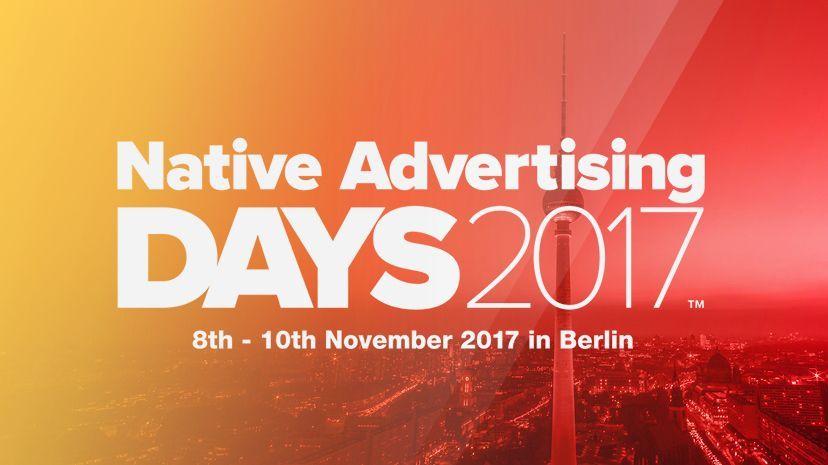
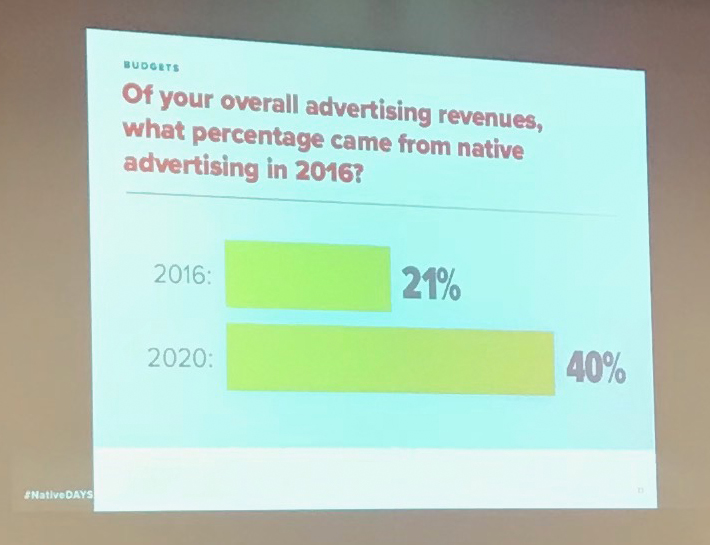
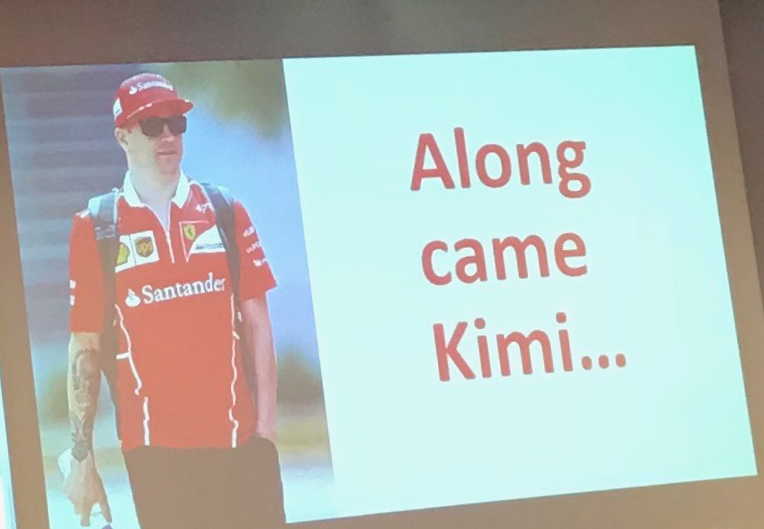
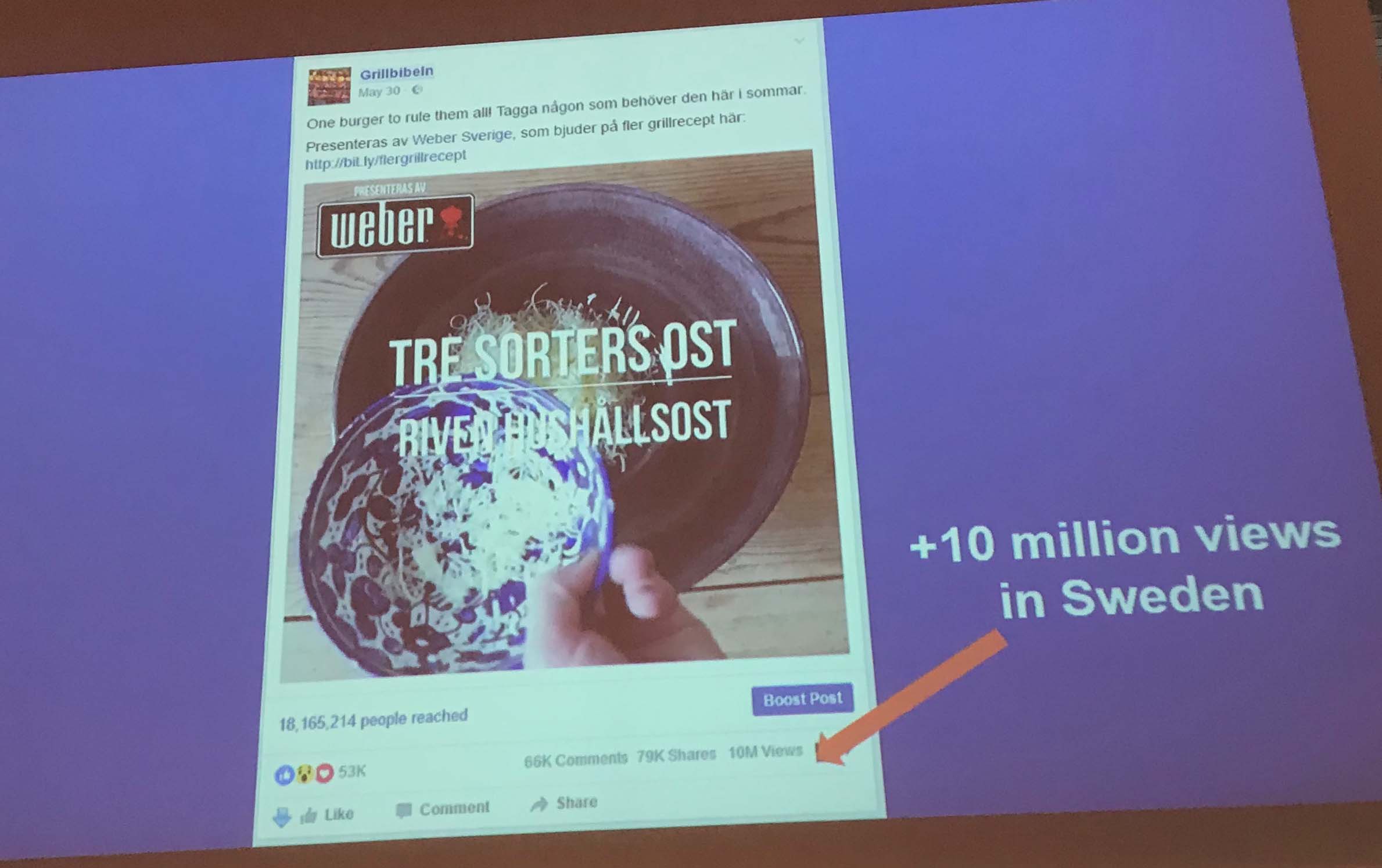
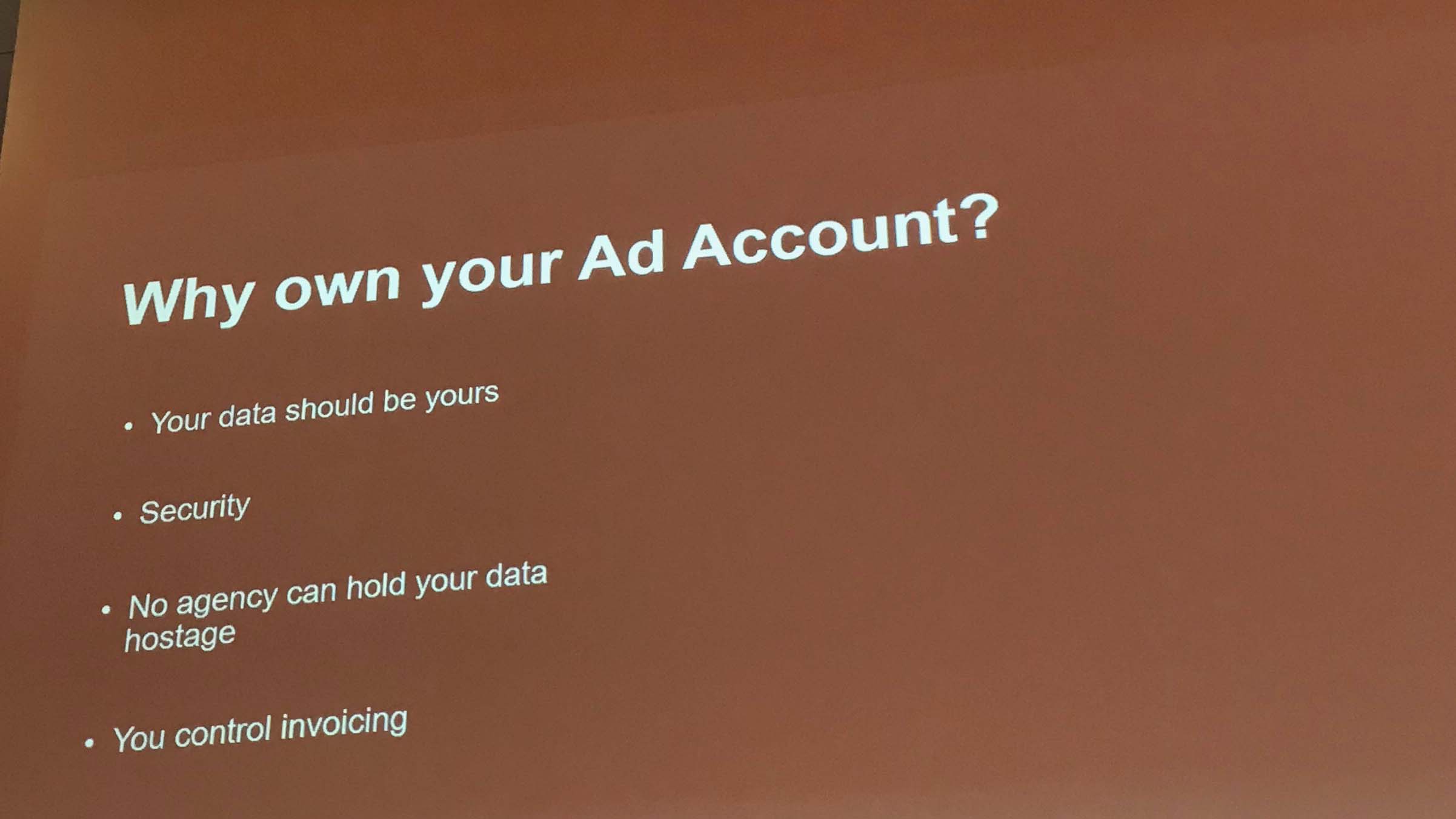
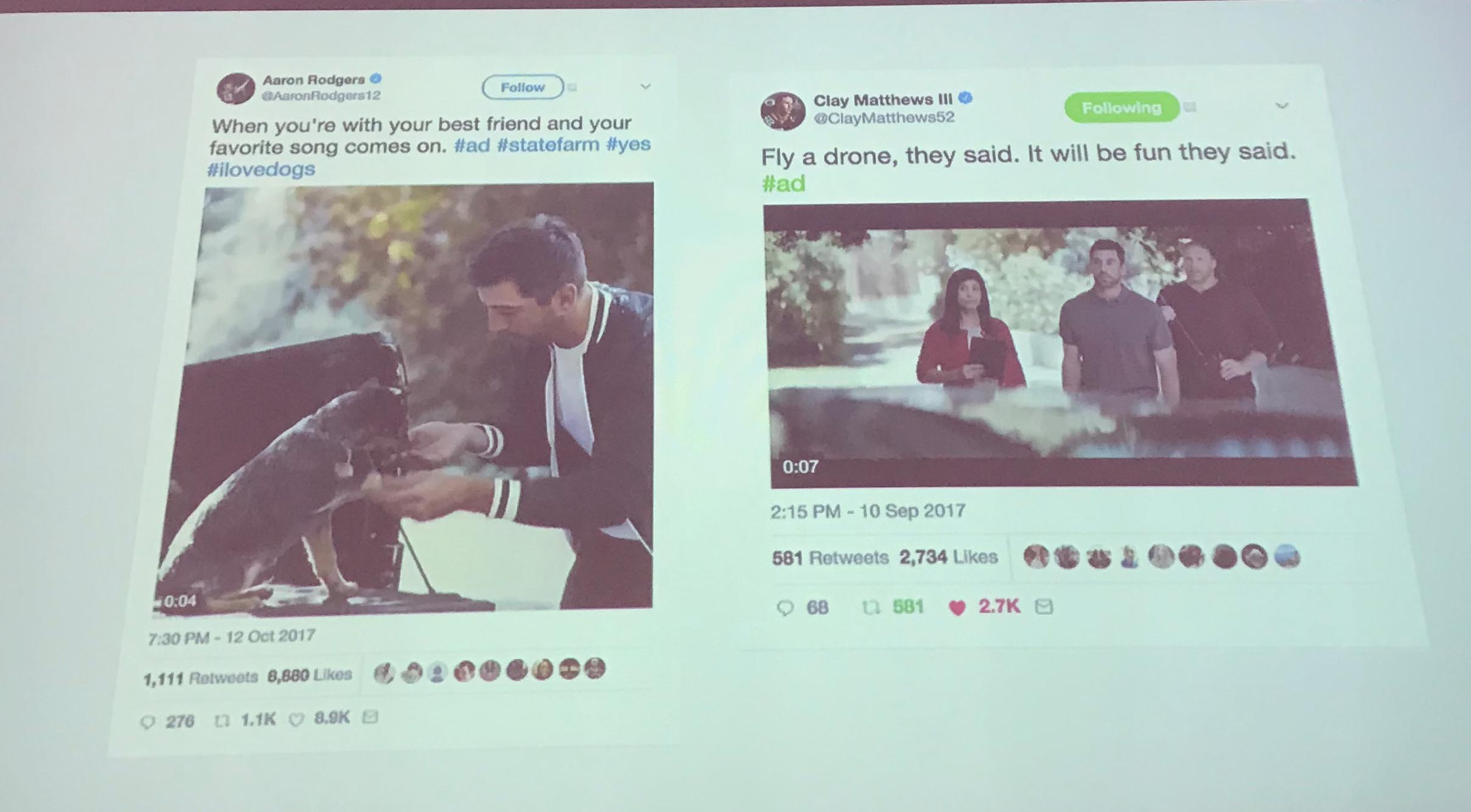
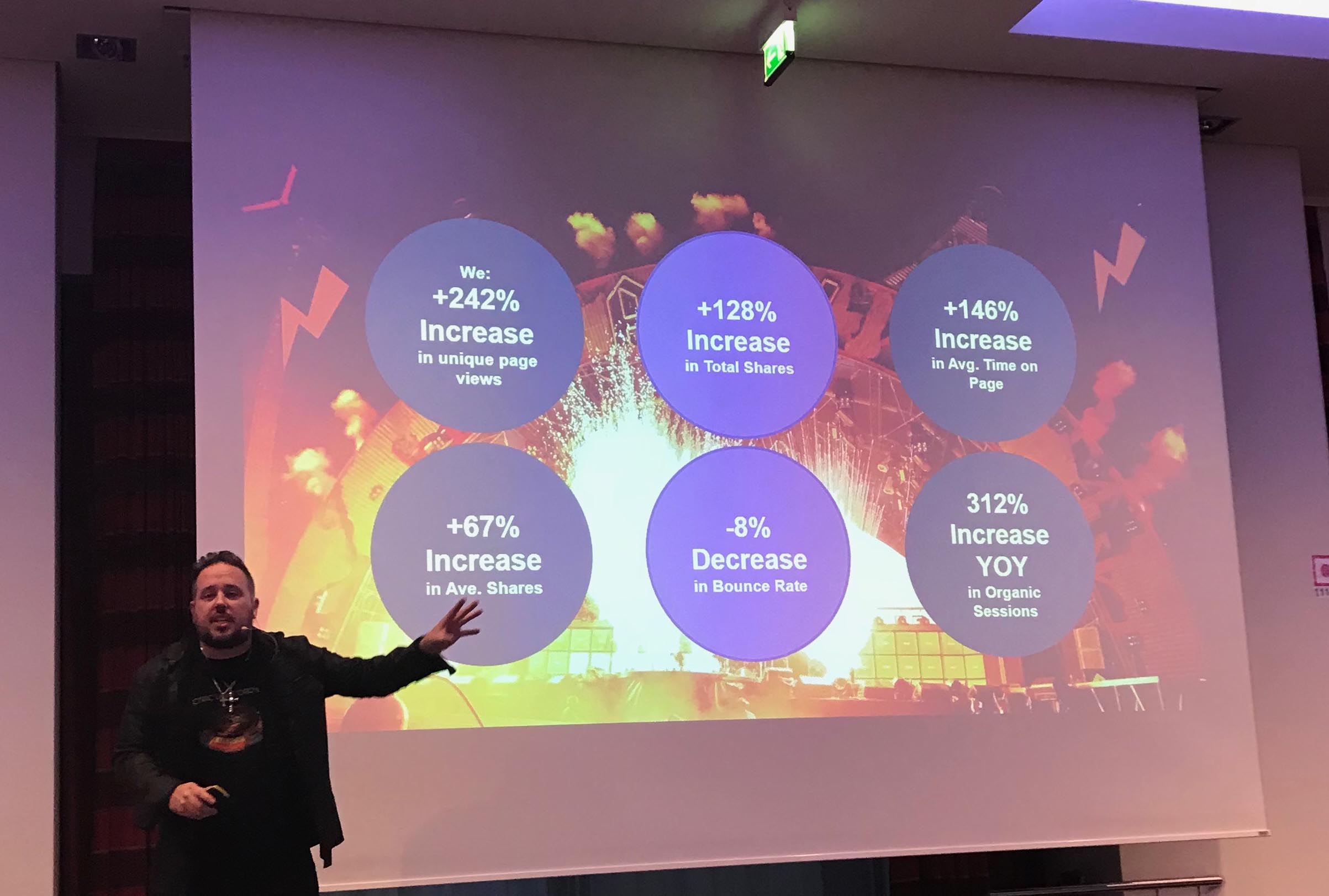
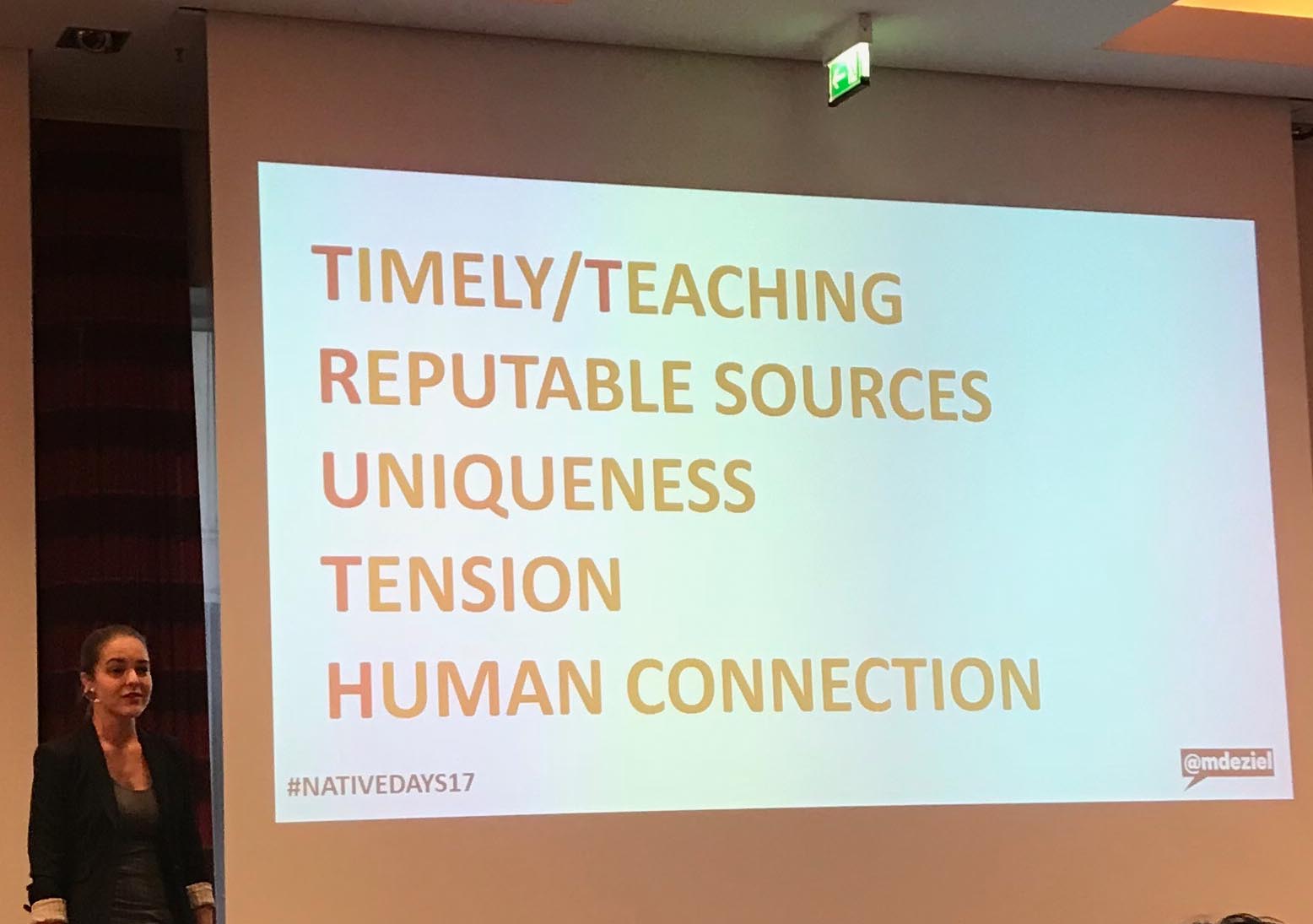
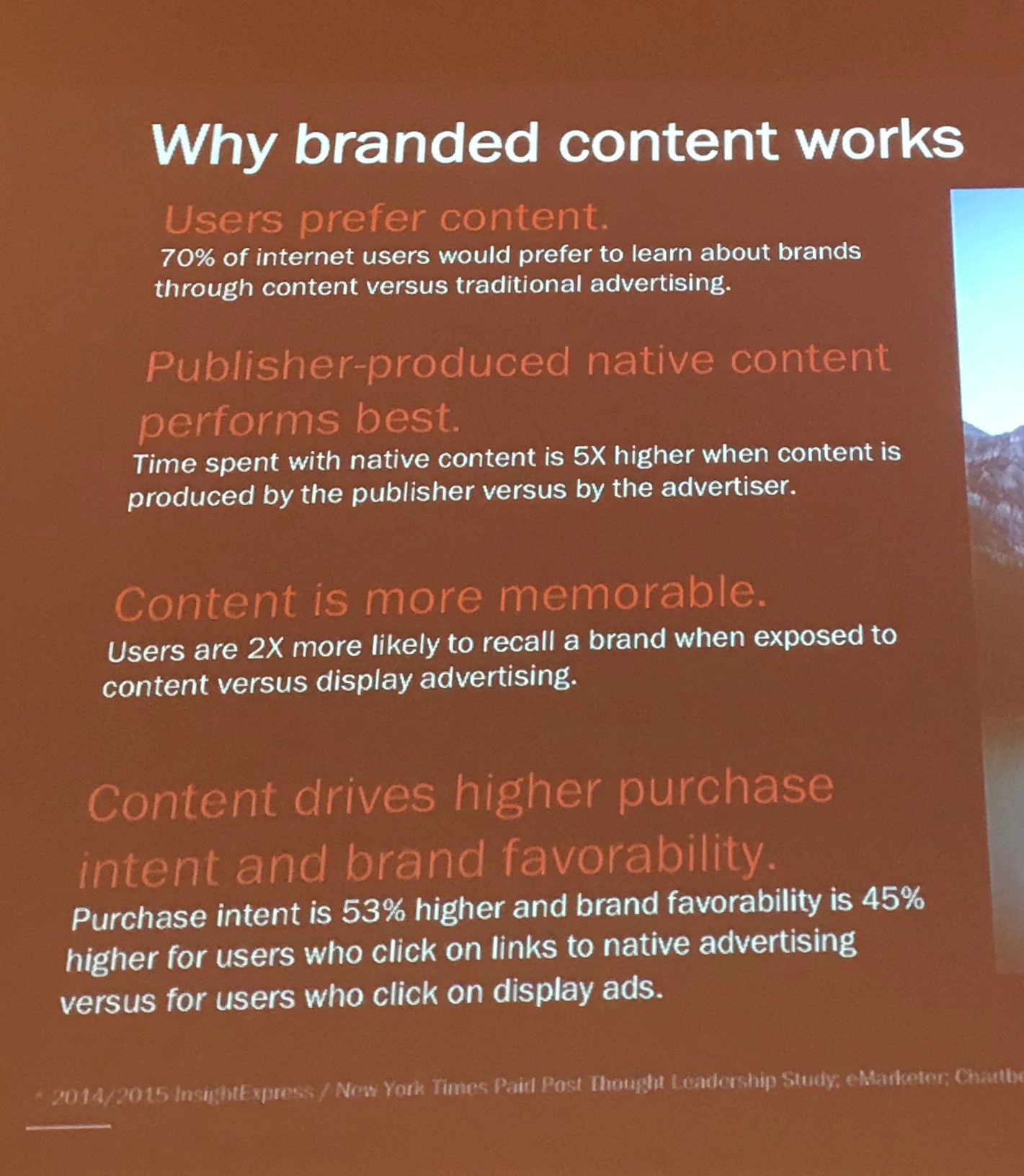
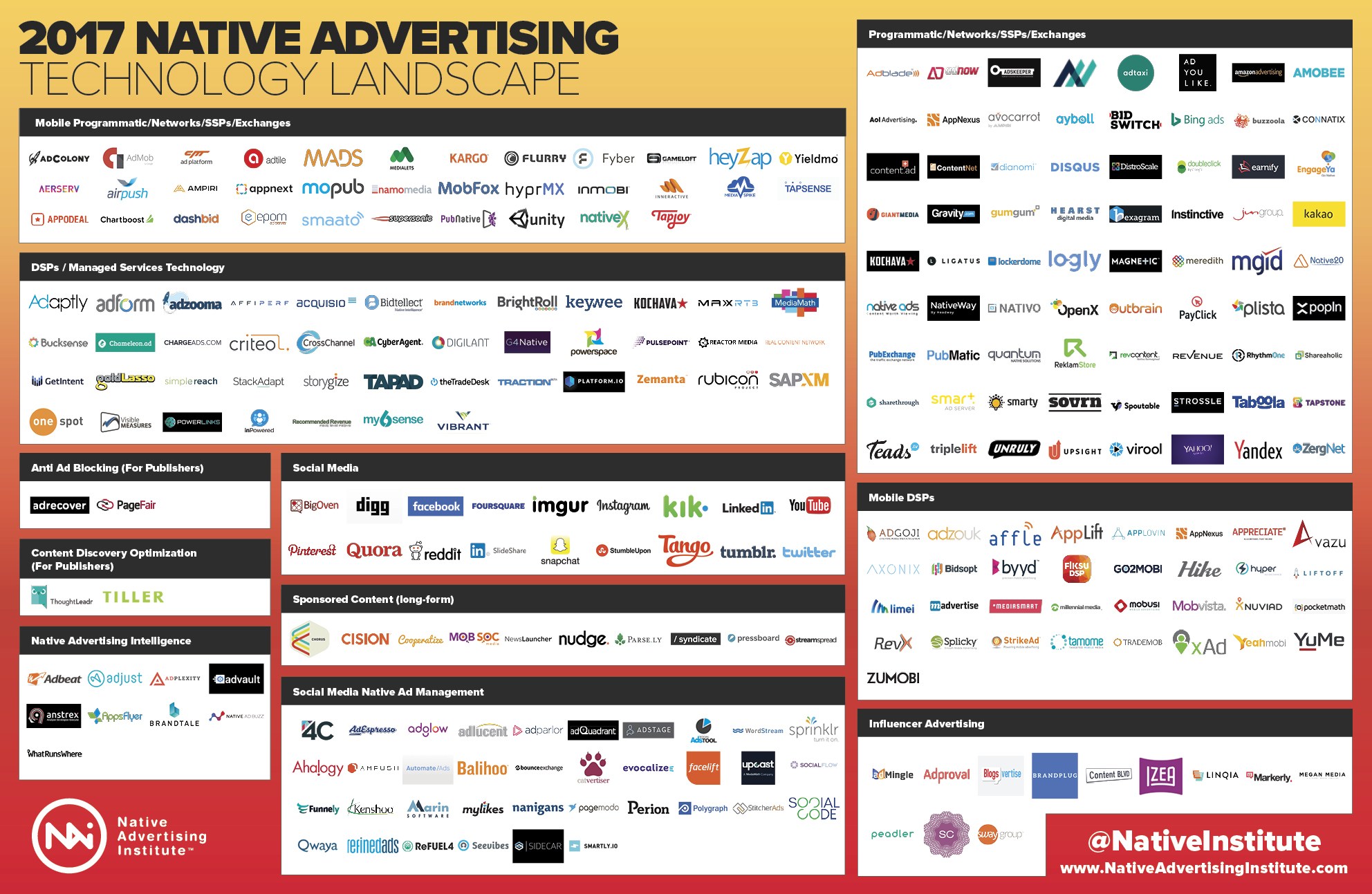
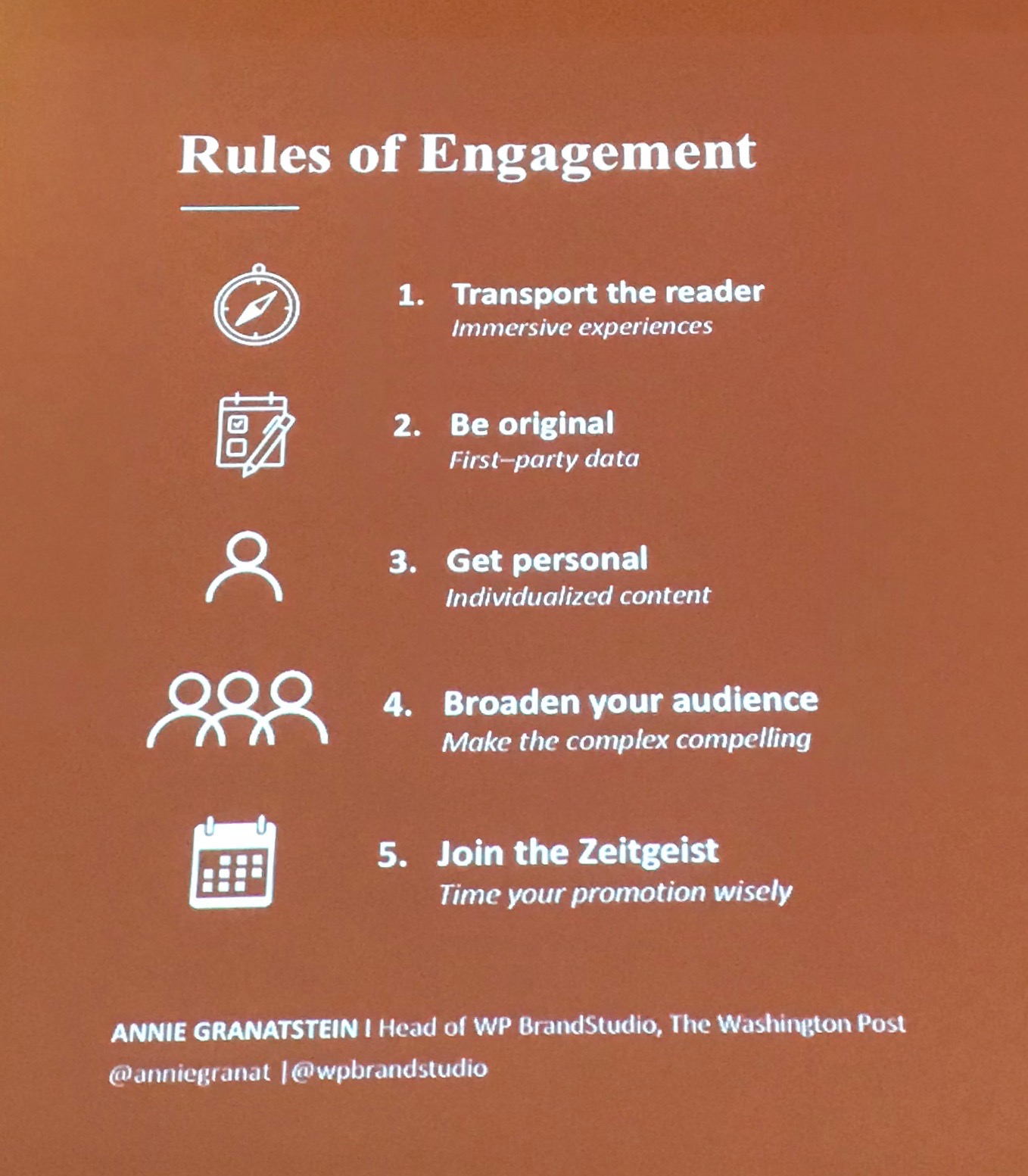
0 kommentarer på 10 quick insights from Native Advertising Days 2017